I have an external hard drive that current has Windows 10 installed on it. Can I create a 2nd partition on the drive and install Windows 11 on it using Hasleo WinToUSB? Thanks.
In some cases, you may need to install multiple Windows operating systems on the same USB drive as a portable Windows USB drive for your work needs. While WinToUSB does not support directly installing multiple Windows on a single drive, you can do it manually using Hasleo WinToUSB. Hasleo WinToUSB provides a "Keep the existing partition scheme" feature, allowing you to create Windows To Go with a custom partition layout. This feature supports multiple Windows installation on the same USB drive.
This tutorial will step-by-step introduce how to install multiple Windows operating systems on the same USB drive using Hasleo WinToUSB. Important: When installing multiple Windows versions on the same USB drive, always install them in ascending version order. For example, install Windows 8 first; then install Windows 10; finally install Windows 11 (highest version last).
Step 1. Connect the USB drive to your computer. Create a small FAT32 partition (must be primary partition) as the only system partition on the USB drive. Then create a separate NTFS partition (must be primary partition) for each Windows OS you want to install. In this tutorial, we will install Windows 8, 10 and 11 on the same USB drive, as shown in the picture below.

* Tips: The Windows operating system can only be installed to the primary partition. As you know, an MBR disk supports up to 4 primary partitions, with one reserved as the system partition. Therefore, you can only install up to 3 Windows OSes on an MBR USB drive. To install more than 3 Windows OSes on the same USB drive, you should use the GPT disk format. Note: GPT-formatted drives only support booting on UEFI computers.
Step 2. Download, install, and run Hasleo WinToUSB. Install Windows 8 on F: and G: (select F: as the system partition and G: as the boot partition) by selecting the "Keep the existing partition scheme" option.

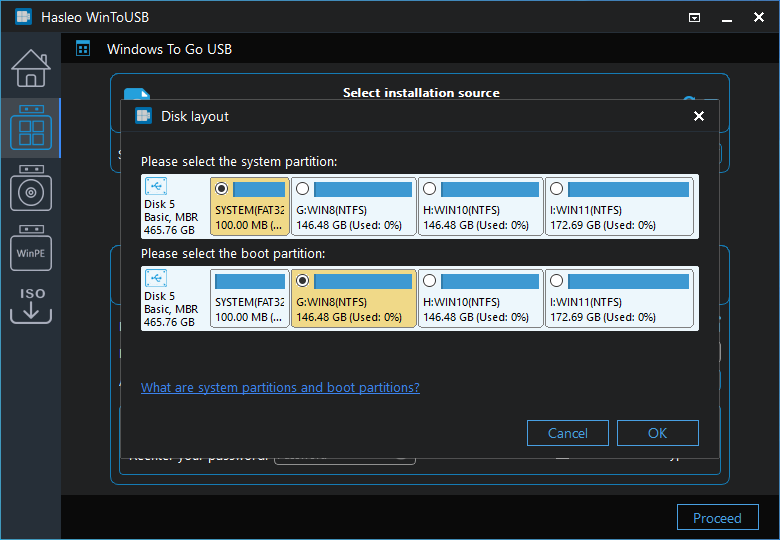
Step 3. Please manually format the system partition (F:) as FAT32 file system format.
Step 4. Run Hasleo WinToUSB and install Windows 10 on F: and H: (select F: as the system partition and H: as the boot partition) by selecting the "Keep the existing partition scheme" option.
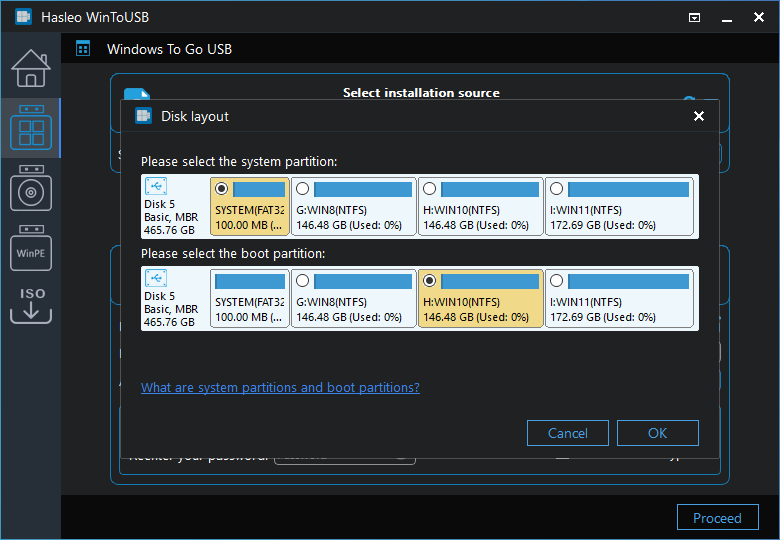
Step 5. Please manually format the system partition (F:) as FAT32 file system format.
Step 6. Run Hasleo WinToUSB and install Windows 11 on F: and I: (select F: as the system partition and I: as the boot partition) by selecting the "Keep the existing partition scheme" option.
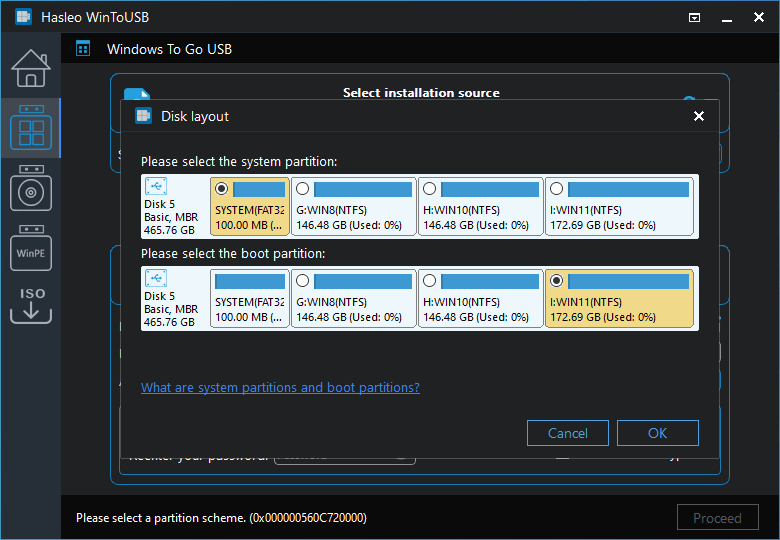
Step 7. After installation, restart the computer and enter UEFI/BIOS srttings to boot from the USB drive.
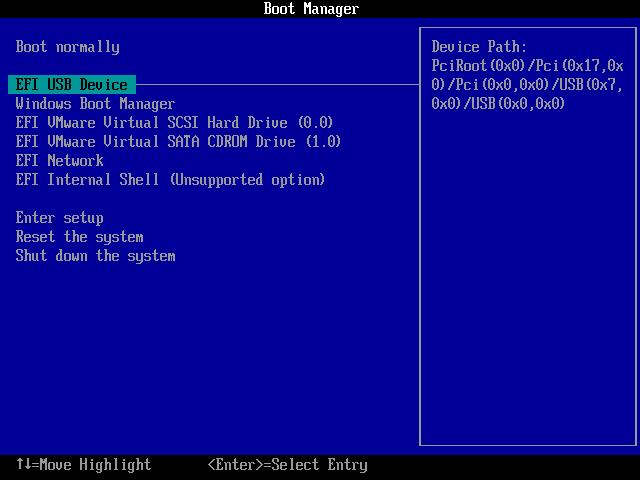
Step 8. Since Windows 11 is the last installed operating system, the normal Windows 11 installation starts up, and you have to complete all the setup steps.

Step 9. After completing the installation, boot Windows from the USB drive. Assign drive letters to the system partition and other Windows-installed partitions, as shown in the picture below.

* Tips: If your USB drive uses the GPT disk format, you cannot assign a drive letter to the system partition using Disk Management. Please use Diskpart to assign a drive letter to the partition.
Step 10. Run cmd.exe as a administrator, then run "bcdboot.exe D:\Windows /s J: /f all" (D: is the drive letter for Windows 8 partition, J: is the drive letter for system partition) in cmd.exe to add Windows 8 to the Windows boot menu.

Step 11. Run "bcdboot.exe E:\Windows /s J: /f all" in cmd.exe (E: is the drive letter for Windows 10 partition, J: is the drive letter for system partition) to add Windows 10 to the Windows boot menu.
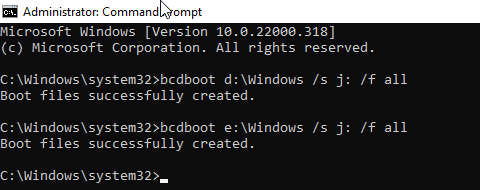
Step 12. Restart your computer and choose to boot from the USB drive. You can then choose to boot different operating systems from the USB.
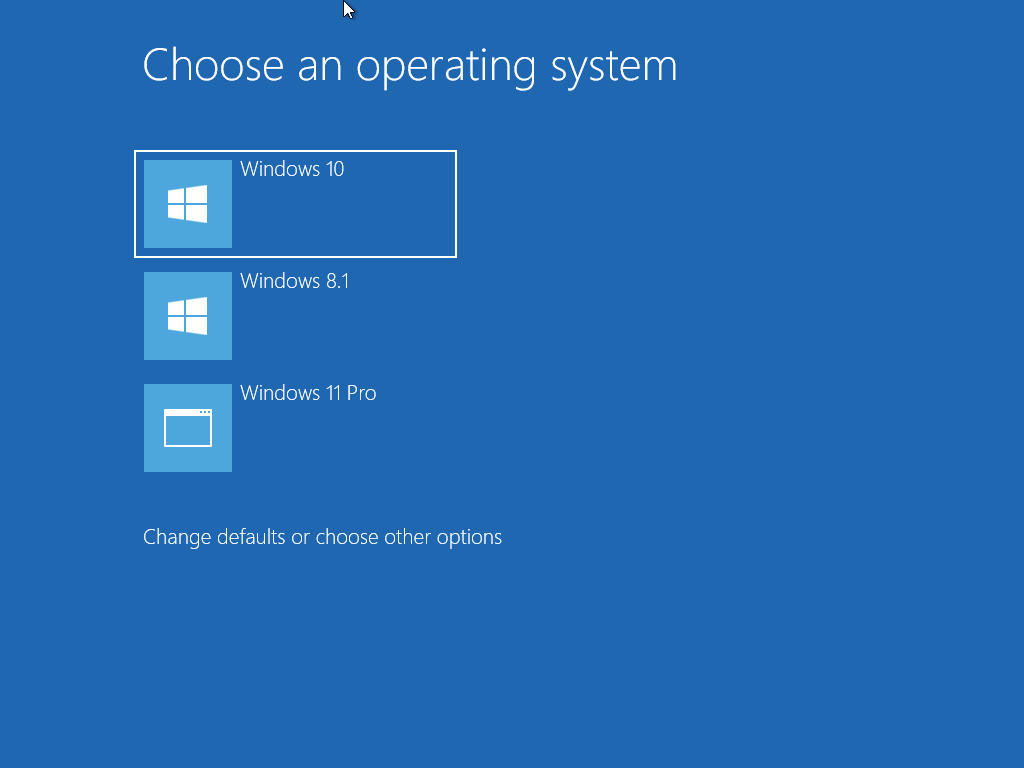
Follow these steps to create a portable multiboot Windows USB drive using Hasleo WinToUSB. You can install multiple Windows operating systems on a single USB drive, then select which OS to boot from based on your work requirements.